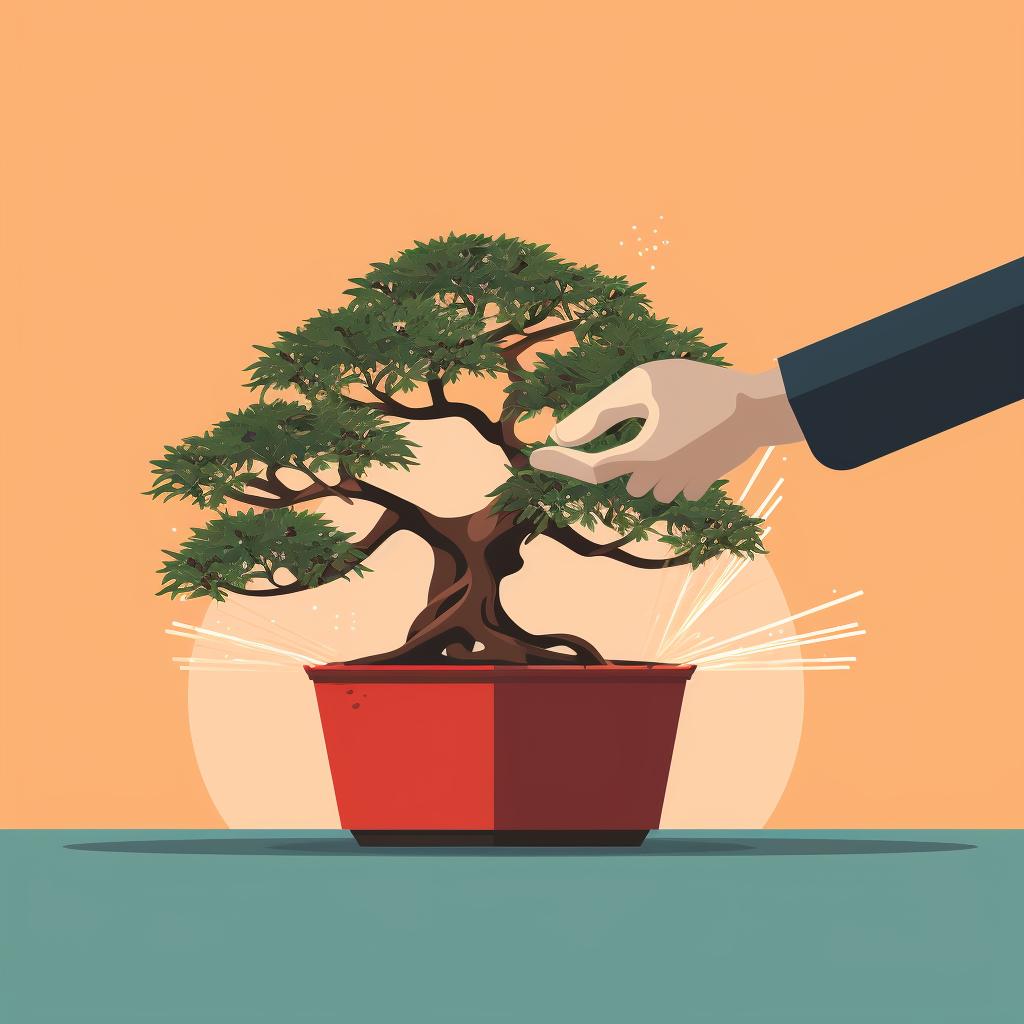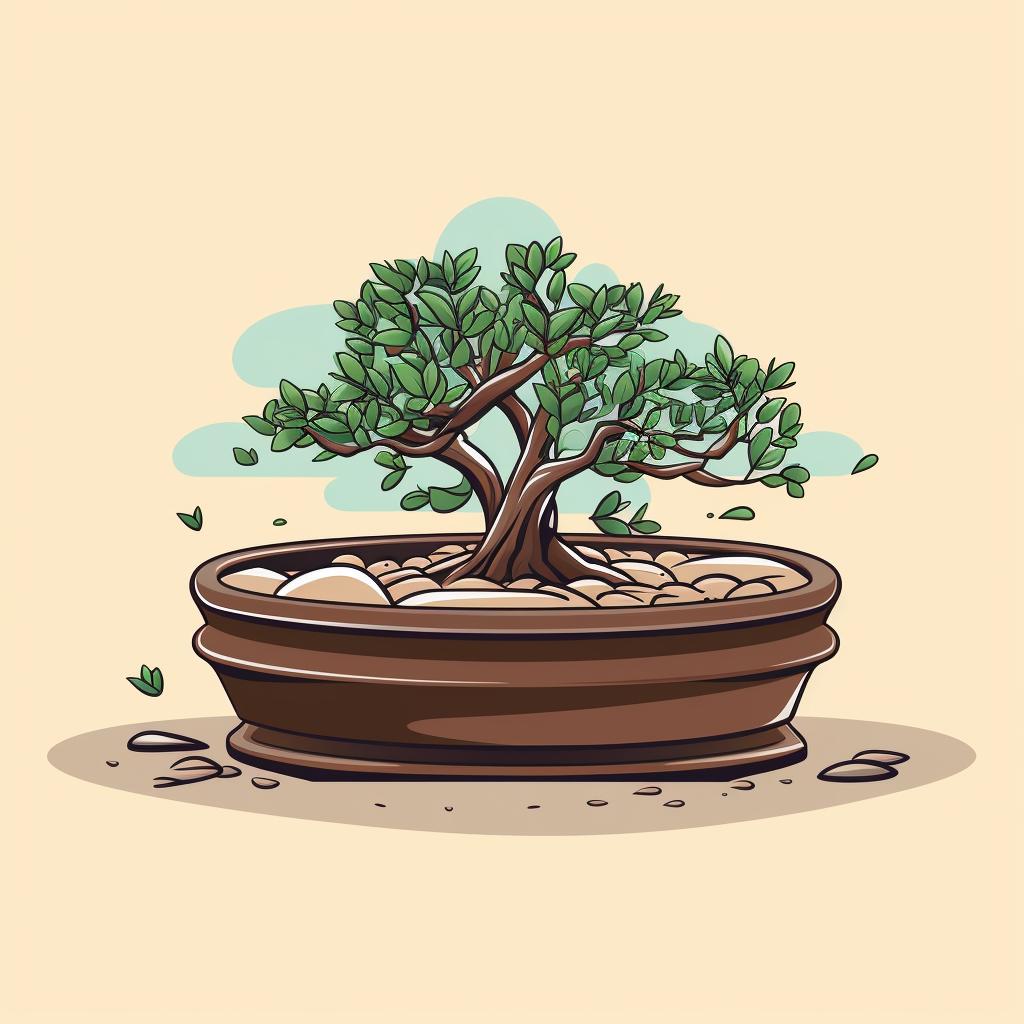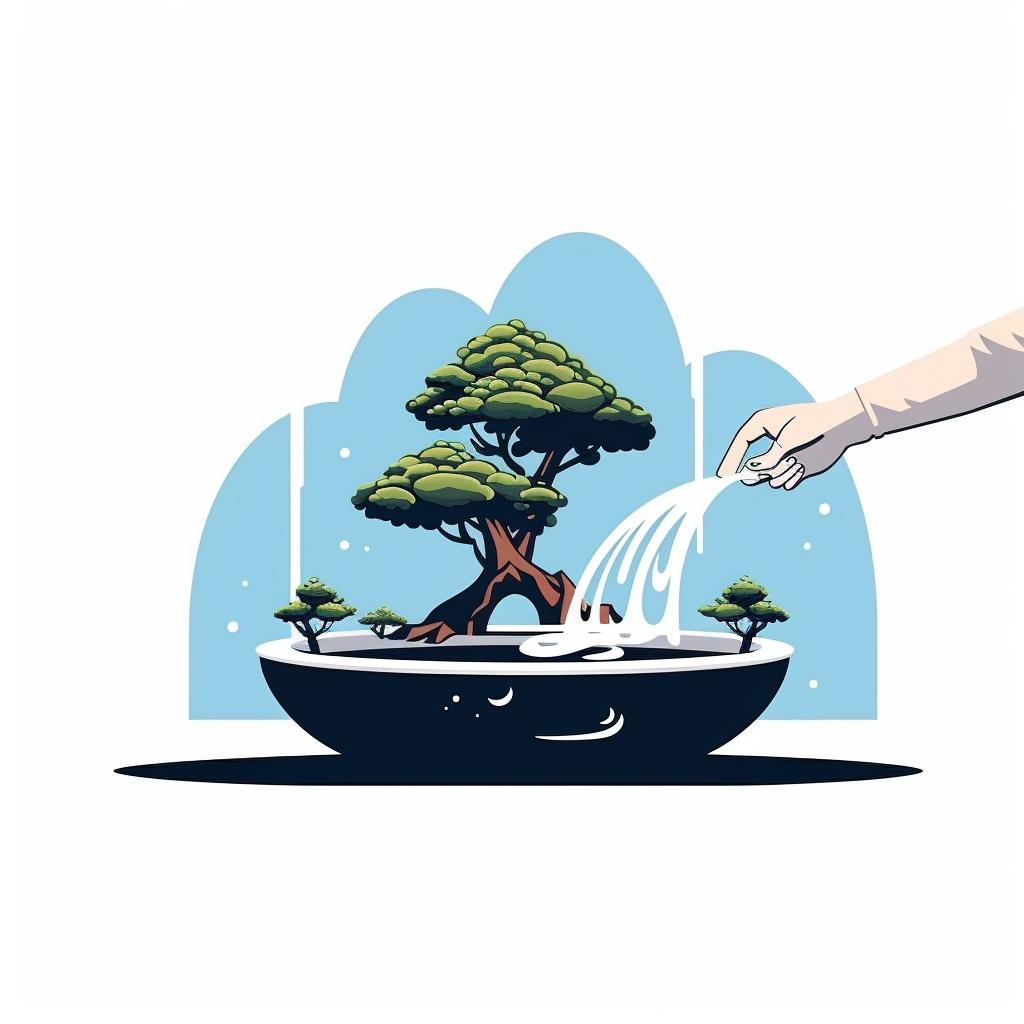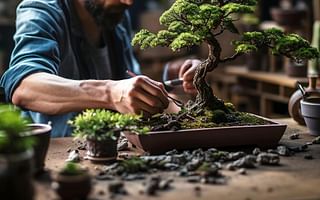Mastering the Art of Bonsai Repotting 🌿
Mastering the Art of Bonsai Repotting
Repotting is an essential task in bonsai care that helps maintain the health and vitality of your tree. It involves carefully removing the bonsai from its current pot, pruning the roots, preparing a new pot, and finally, watering thoroughly. In this step-by-step guide, we will walk you through the process of repotting your bonsai tree like a pro.
Step 1: Gently Remove the Bonsai from its Current Pot
Begin by carefully removing your bonsai tree from its current pot. Be gentle to avoid damaging the roots. If the tree is stuck, use a repotting sickle to loosen the edges. Remember, the goal is to safely extract the tree without causing harm.
Step 2: Prune the Roots
Once the tree is out, it's time to prune the roots. Remove any dead or rotting roots. Then, reduce the root mass to fit the new pot, but ensure to leave enough roots for the tree to absorb water and nutrients. Pruning the roots helps stimulate new growth and prevents the tree from becoming root-bound.
Step 3: Prepare the New Pot
Next, prepare your new pot. Cover the drainage holes with mesh to prevent soil from escaping. Add a layer of your prepared bonsai soil mix at the bottom of the pot. This soil mix should be well-draining and provide the necessary nutrients for your bonsai tree.
Step 4: Place the Bonsai in the New Pot
Now, it's time to place your bonsai tree in the new pot. Position it in a way that displays its most attractive side. Fill in the gaps with more bonsai soil mix, ensuring that the roots are well-covered. Gently press the soil to secure the tree in place.
Step 5: Water Thoroughly
Finally, water your bonsai thoroughly. This helps to settle the soil around the roots and ensures the tree starts absorbing water immediately. Be careful not to overwater, as this can lead to root rot. Find the right balance and monitor the moisture levels regularly.
Repotting your bonsai tree is a crucial task that should be done periodically to promote its overall health and growth. By following these steps, you can master the art of bonsai repotting and provide the best care for your tree.
For more information on bonsai care, check out our comprehensive guide on The Art and Science of Bonsai Tree Care: A Practical Guide. And if you're looking for the perfect pot for your bonsai tree, explore our collection of Bonsai Pots: The Perfect Match for Your Bonsai Tree.
Remember, bonsai care is an art form that requires patience, dedication, and knowledge. With the right techniques and proper care, your bonsai tree can thrive and bring you joy for years to come. Happy repotting!















